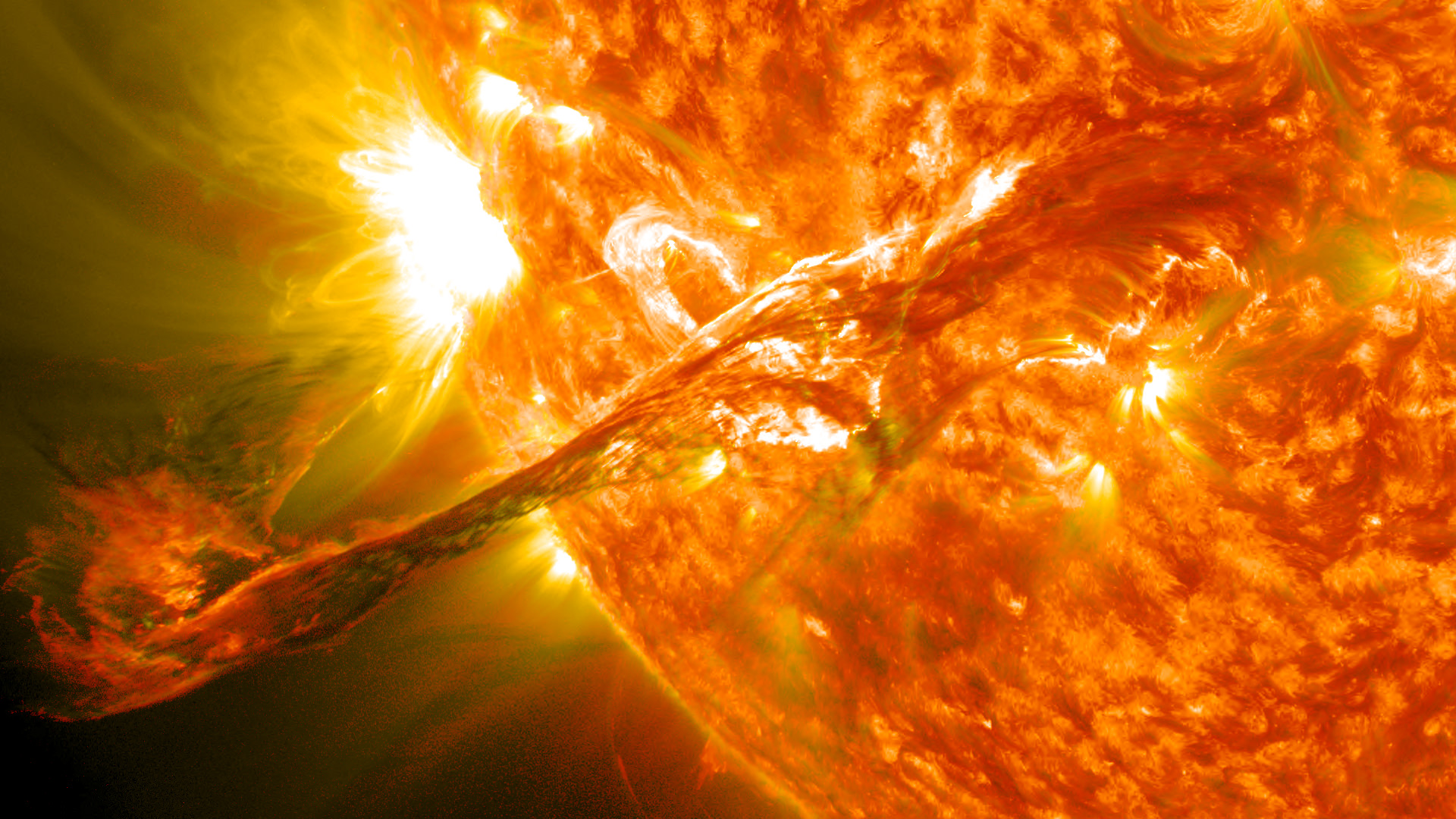
Have you ever wondered how the Sun produces energy to keep us warm here on Earth?
Continue reading
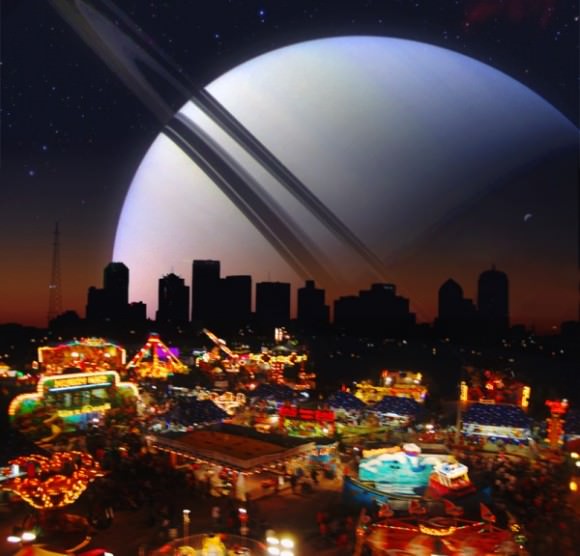 Continue reading
Continue reading
In this week's episode of the Weekly Space Hangout, we're joined by Carolyn Collins Petersen, aka "The Space Writer". We talk about what it takes to write Planetarium Show, and Carolyn's impressive experience as a space journalist before and after the arrival of the internet.
Continue reading

Yes, it's that time of year again when everyone struggles with what gifts to buy their family and friends for their holiday-of-choice. Whether you are hoping to foster a love of space and science in a young child, or want to surprise that special adult "Super Space Nerd," we here at Universe Today are here to help our readers out with ideas and recommendations to fit virtually any budget, experience level, and area of interest, including telescopes, books, and other items that the "space/science geek" in your life would love to receive!
Continue reading
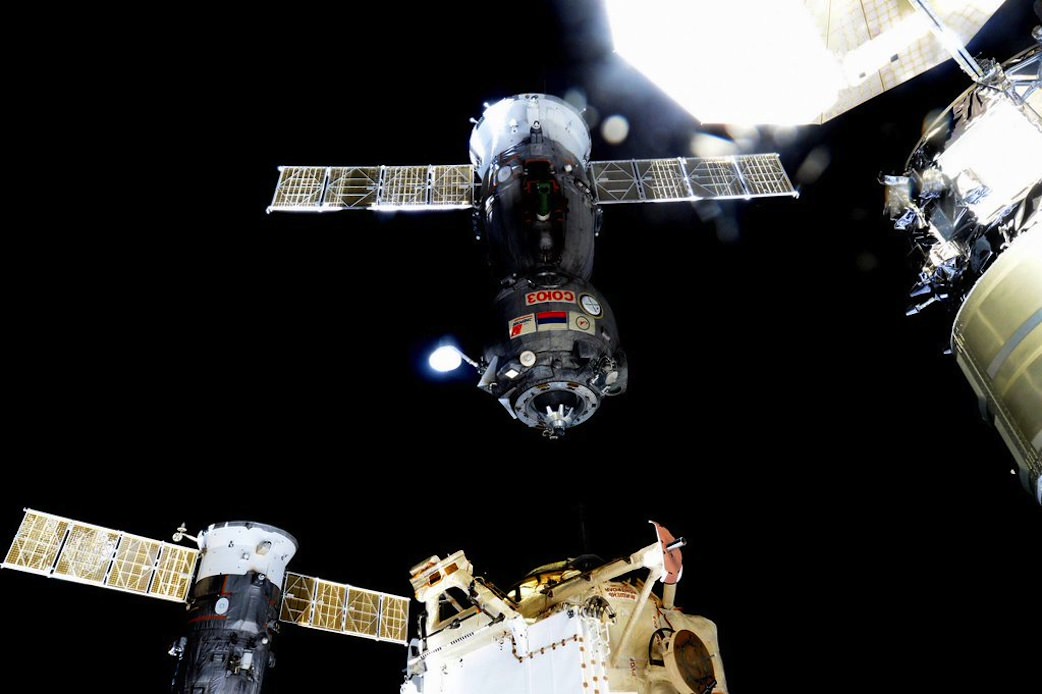
Plummeting to Earth during a fiery atmospheric reentry within the cramped confines of their Russian Soyuz capsule, an international trio of space flyers returned safely to the Home Planet today, Dec. 11
Continue reading
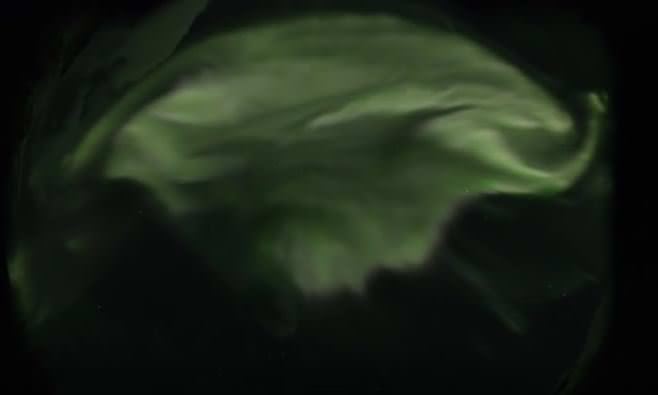
If seeing the Northern or Southern Lights hasn't been crossed off your bucket list yet, this video is the next best thing to seeing the aurora live. Astrophotographer extraordinaire
Thierry Legault has captured spectacular views of the Aurora Borealis from Norway, filmed in real time.

Continue reading
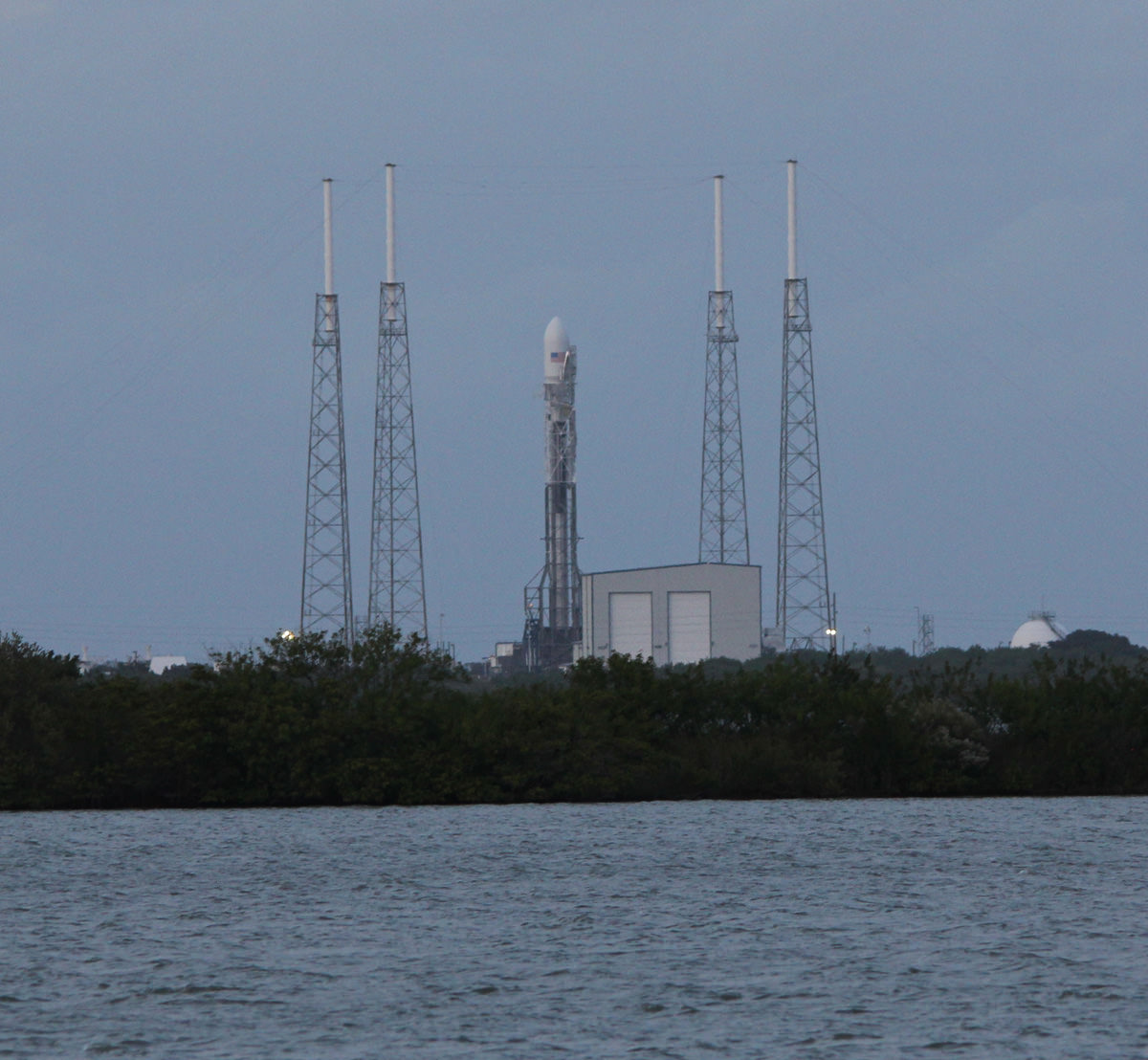
Continue reading
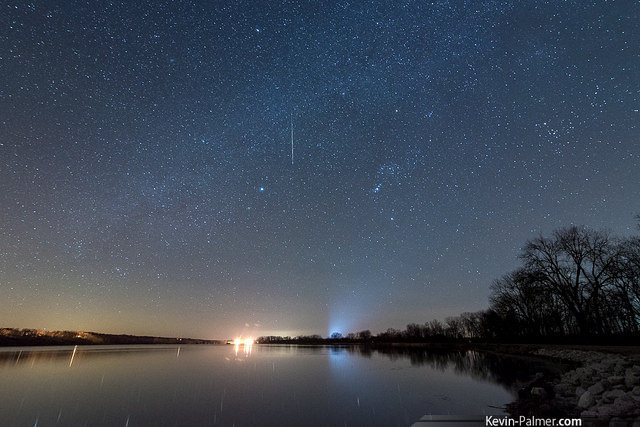
A grand finale meteor shower graces the skies of the Earth this weekend, as the
December Geminid meteors reach their peak early Sunday morning into Monday.
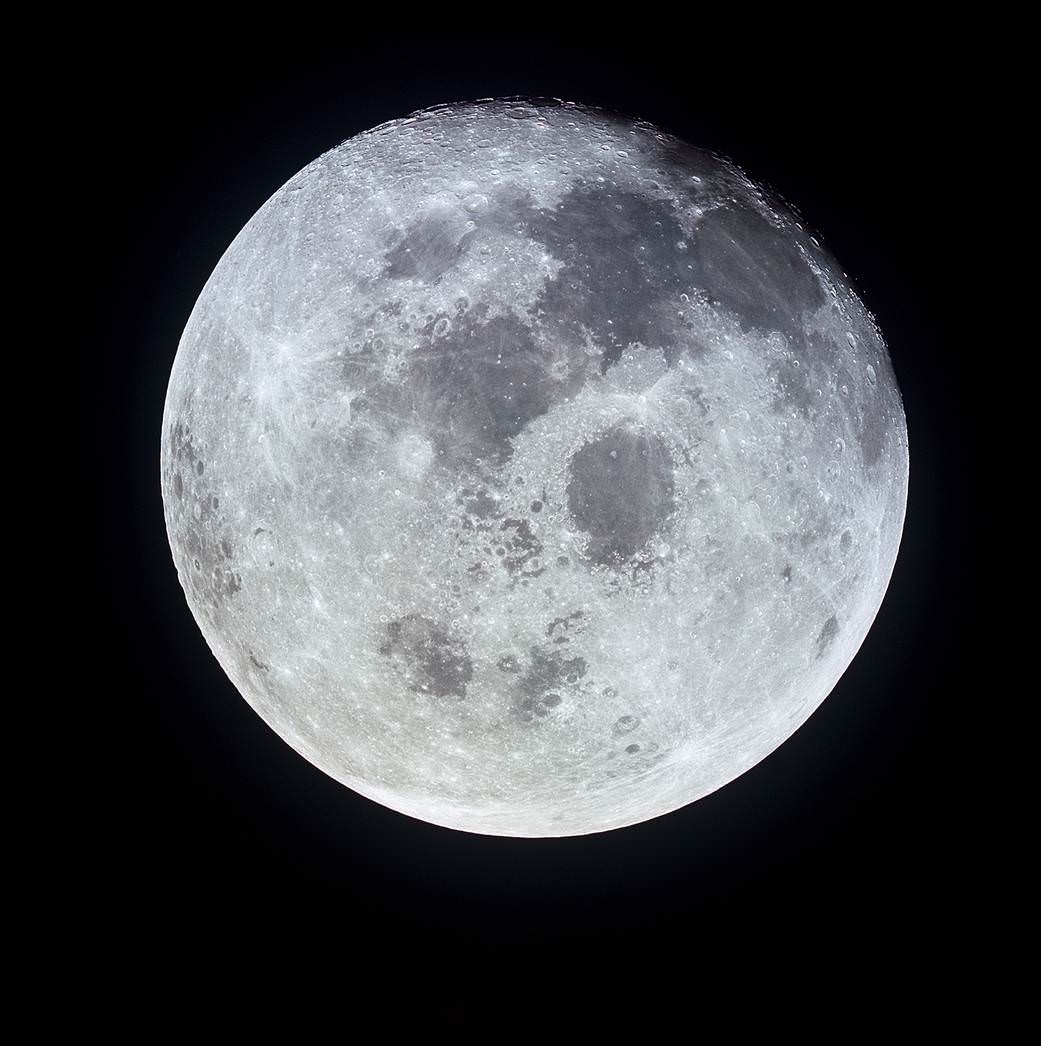
This might be a silly question, but what is the official name of that bright ball in the sky? You know, that thing we call the Moon? You might be surprised to know that the official name of the Moon is...
the Moon. And this becomes all the more confusing when there are other moons orbiting other planets, and even asteroids.
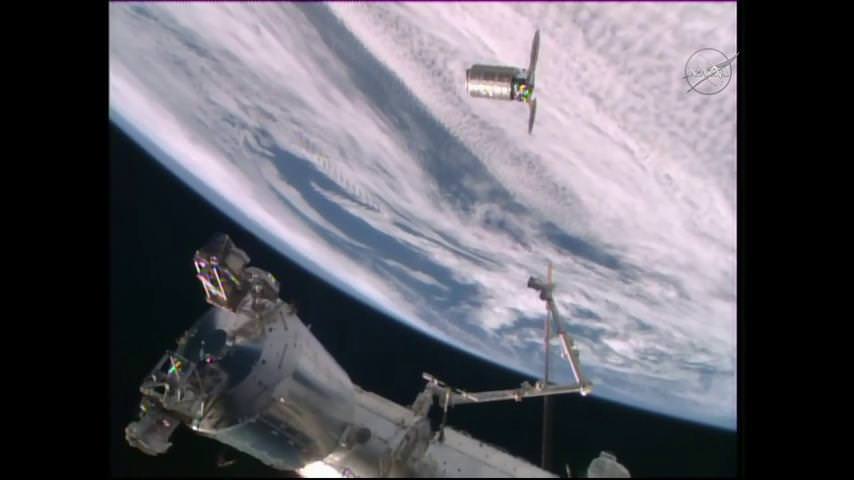
Continue reading

Continue reading
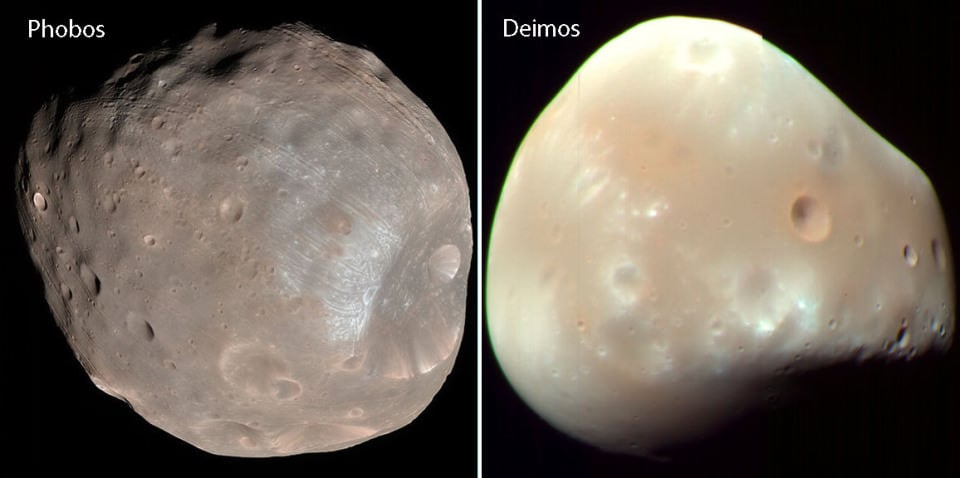
Continue reading

Volcanoes are one of the most impressive and powerful forces of nature, consisting of many different parts that serve different functions
Continue reading
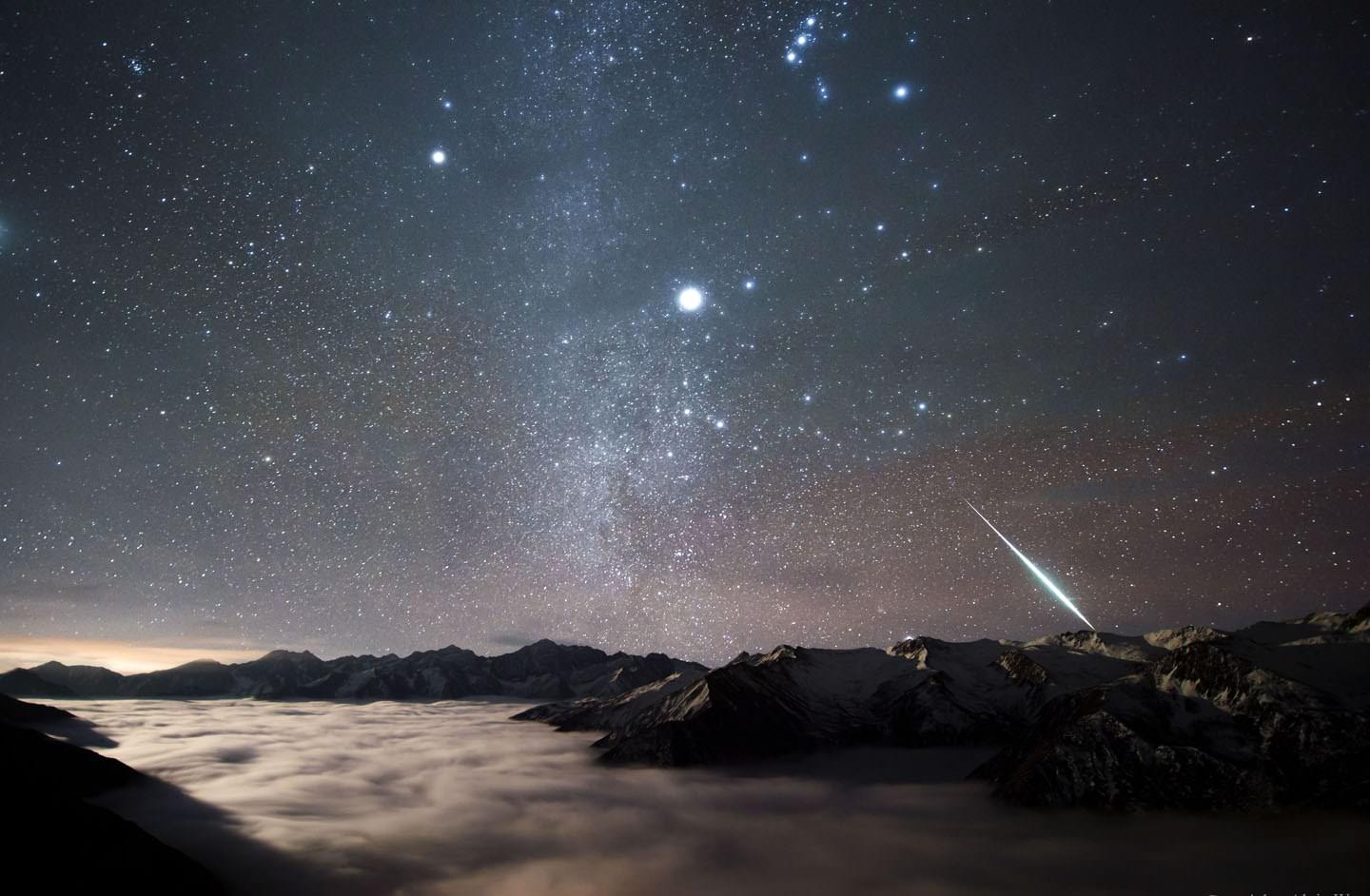
Continue reading
Continue reading

Continue reading
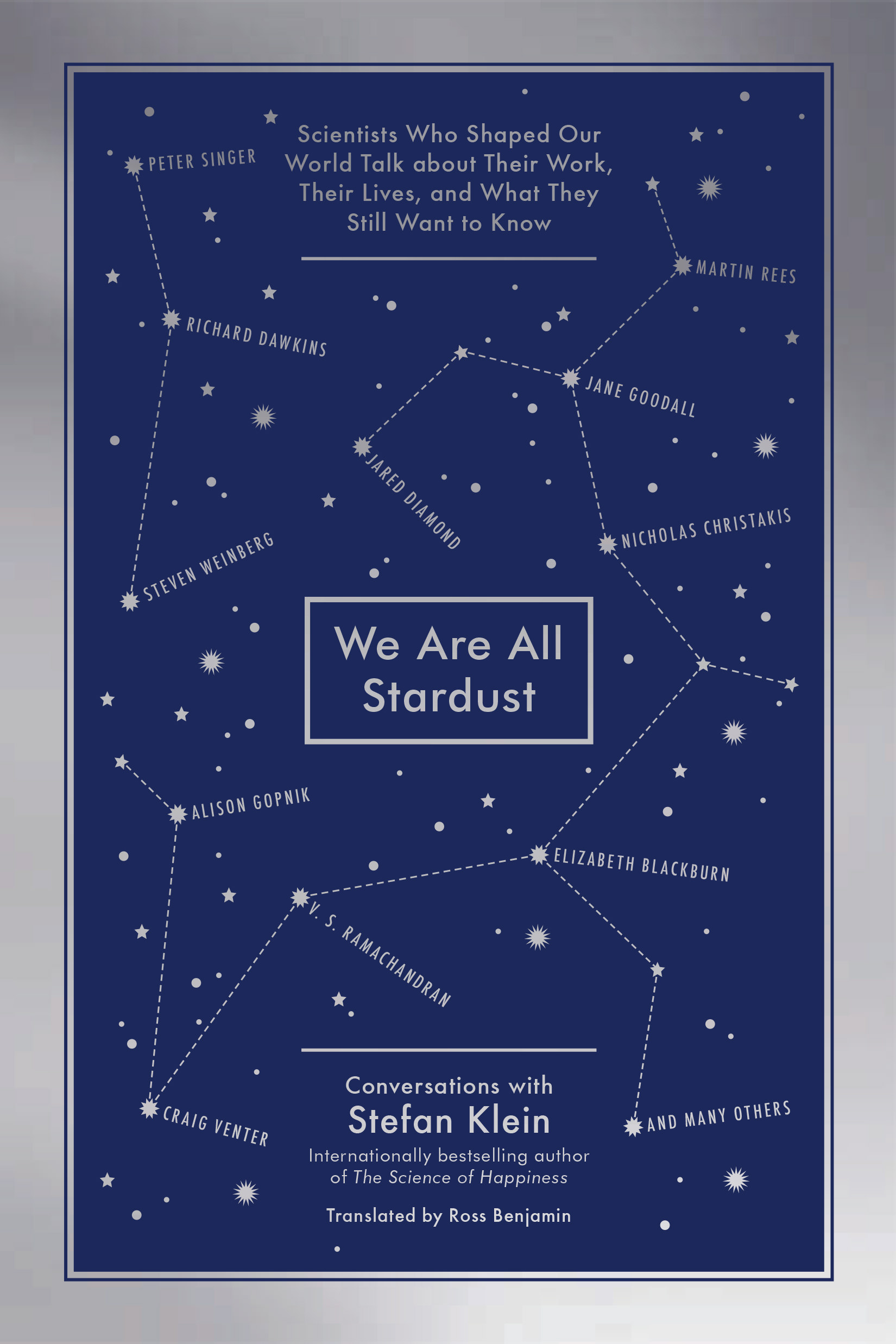
Every scientist has a story. Though not all have a specific moment they can point to that 'got them into science', they all have people or places or moments which inspired them, or gave them some critical insight, or just kept them going through difficult or tedious times. "We Are All Stardust" is about those scientists, and about those stories.
Continue reading

Continue reading
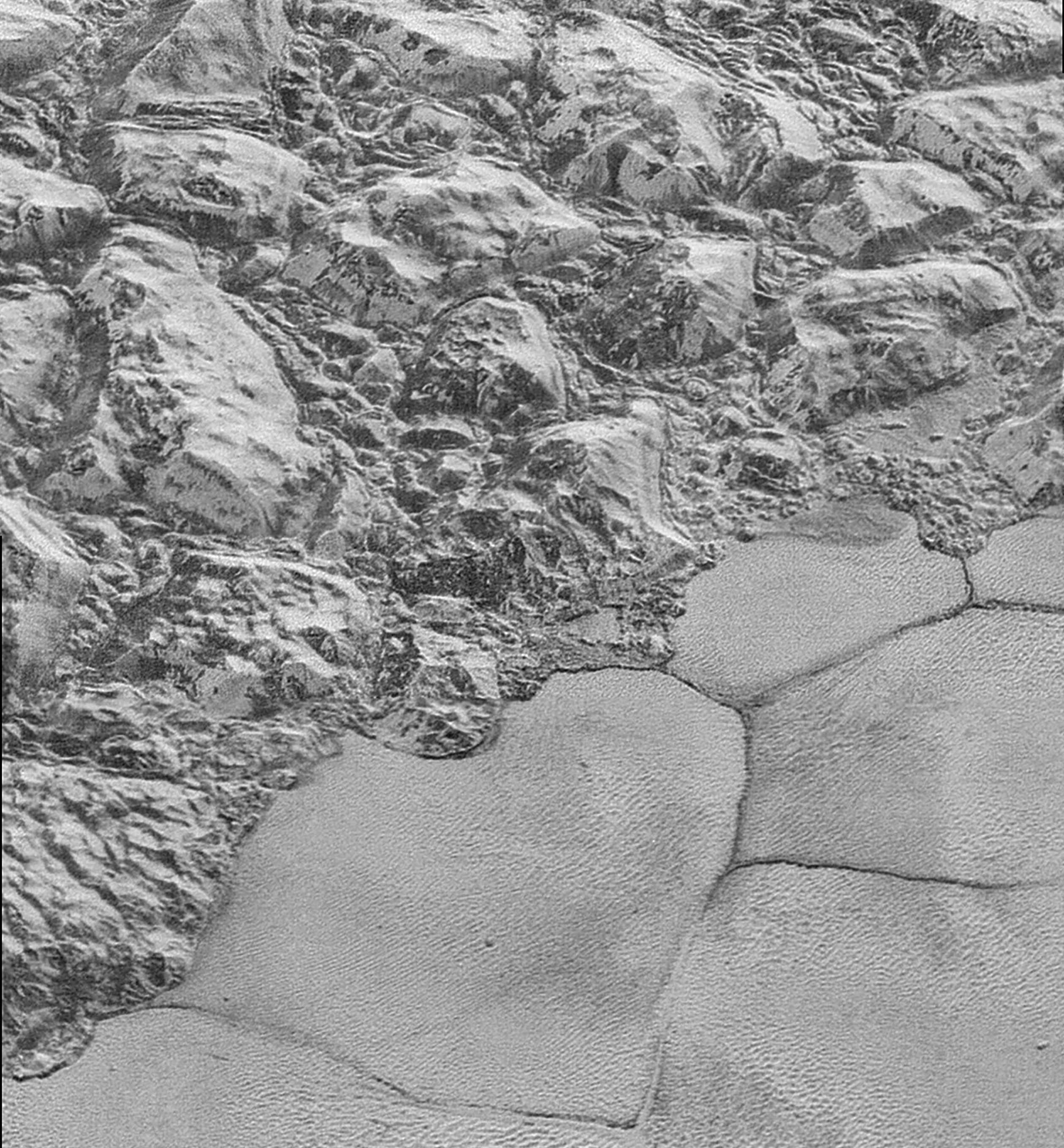
The New Horizons spacecraft has been slowly sending back all the images and data it gathered during its July flyby of the Pluto system. The latest batch of images to arrive here on Earth contains some of the highest resolution views yet that it captured of Pluto's surface, taken during the spacecraft's closest approach.
Continue reading
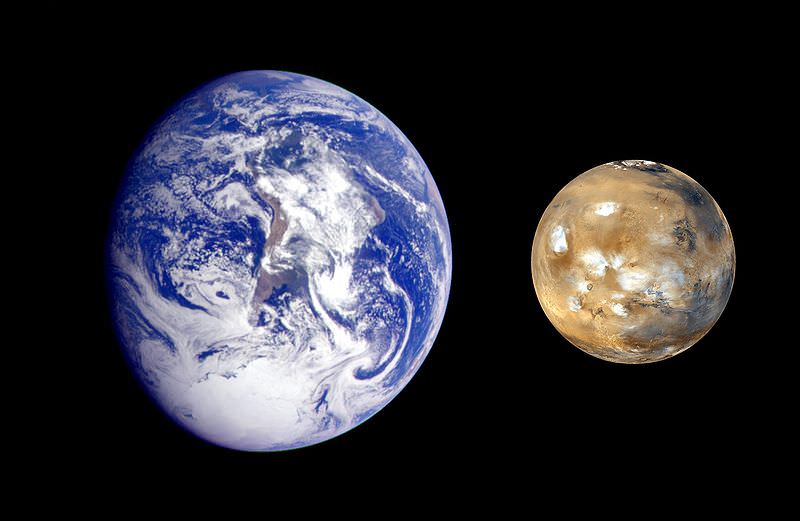
Mars is the 4th planet from Sun, and the place that holds our imagination because of the possibility that there might be life there. There are some similarities to Earth, like its day length, solid ground and polar caps, but there are many differences as well, like its much smaller size, mass and gravity. And don't forget about the extremely cold temperatures. Let's learn about Mars compared to Earth.
Continue reading
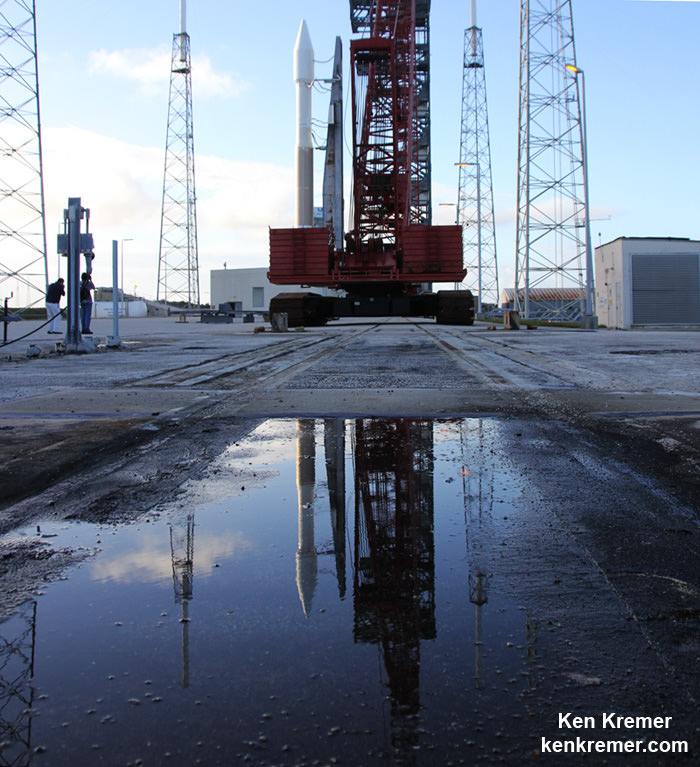
After its disaster last year, Orbital ATK is ready to visit the International Space station again with its Cygnus resupply ship. Its next launch is set for Sunday at 4:44 PM EST. Here's more information on the launch, and how you can watch it live.
Continue reading
 Continue reading
Continue reading

The New Horizons spacecraft is already 209,437,000 km (130,138,000 miles) past Pluto (as of Dec. 4, 2015), making it 5,226,950,000 km (3,247,880,000 miles) from Earth. So, yes, it's way out there. Recently, it took the closest images ever of a distant Kuiper Belt object, setting a record by a factor of at least 15, according to NASA. The team says this image demonstrates the spacecraft's ability to observe numerous similar bodies over the next several years.
Continue reading
Continue reading
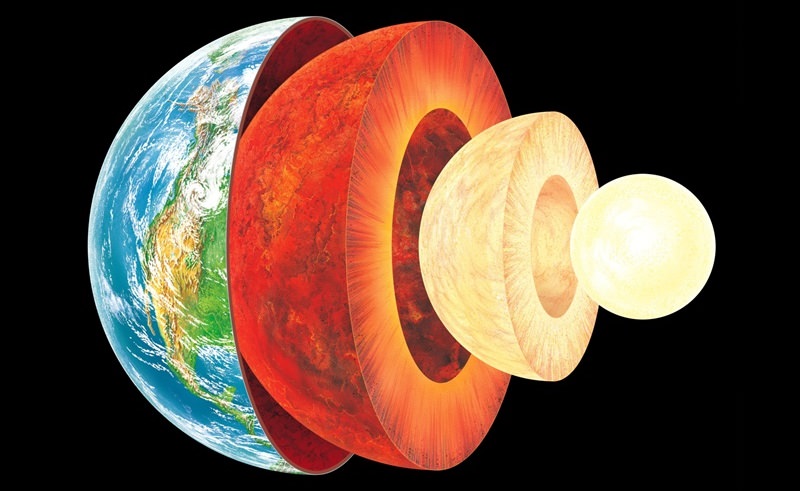
There is more to the Earth than what we can see on the surface. In fact, if you were able to hold the
Earth in your hand and slice it in half, you'd see that it has multiple layers. But of course, the interior of our world continues to hold some mysteries for us. Even as we intrepidly explore other worlds and deploy satellites into orbit, the inner recesses of our planet remains off limit from us.

Continue reading

Continue reading

Continue reading
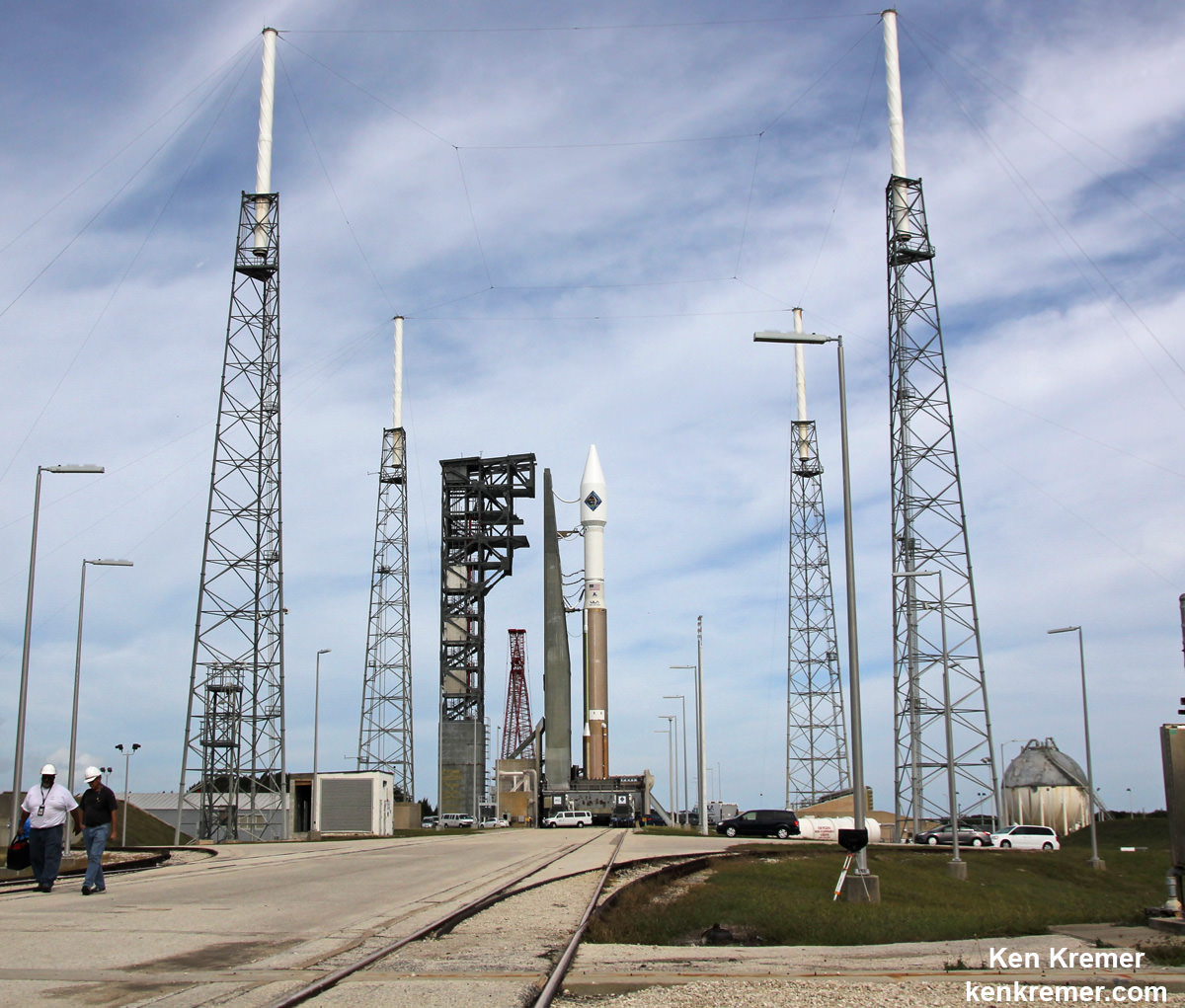
Continue reading
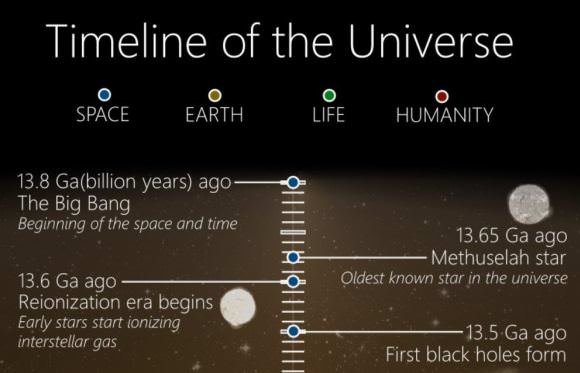
Continue reading
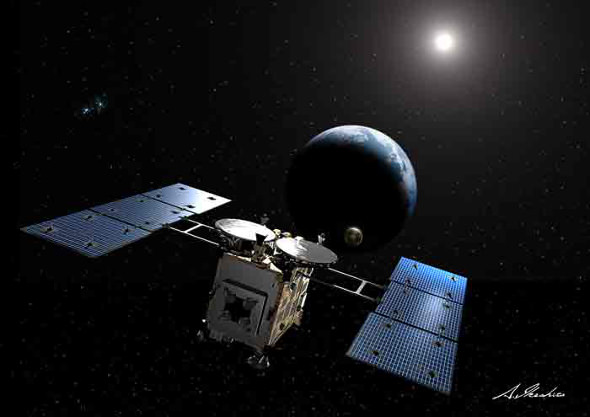
Continue reading
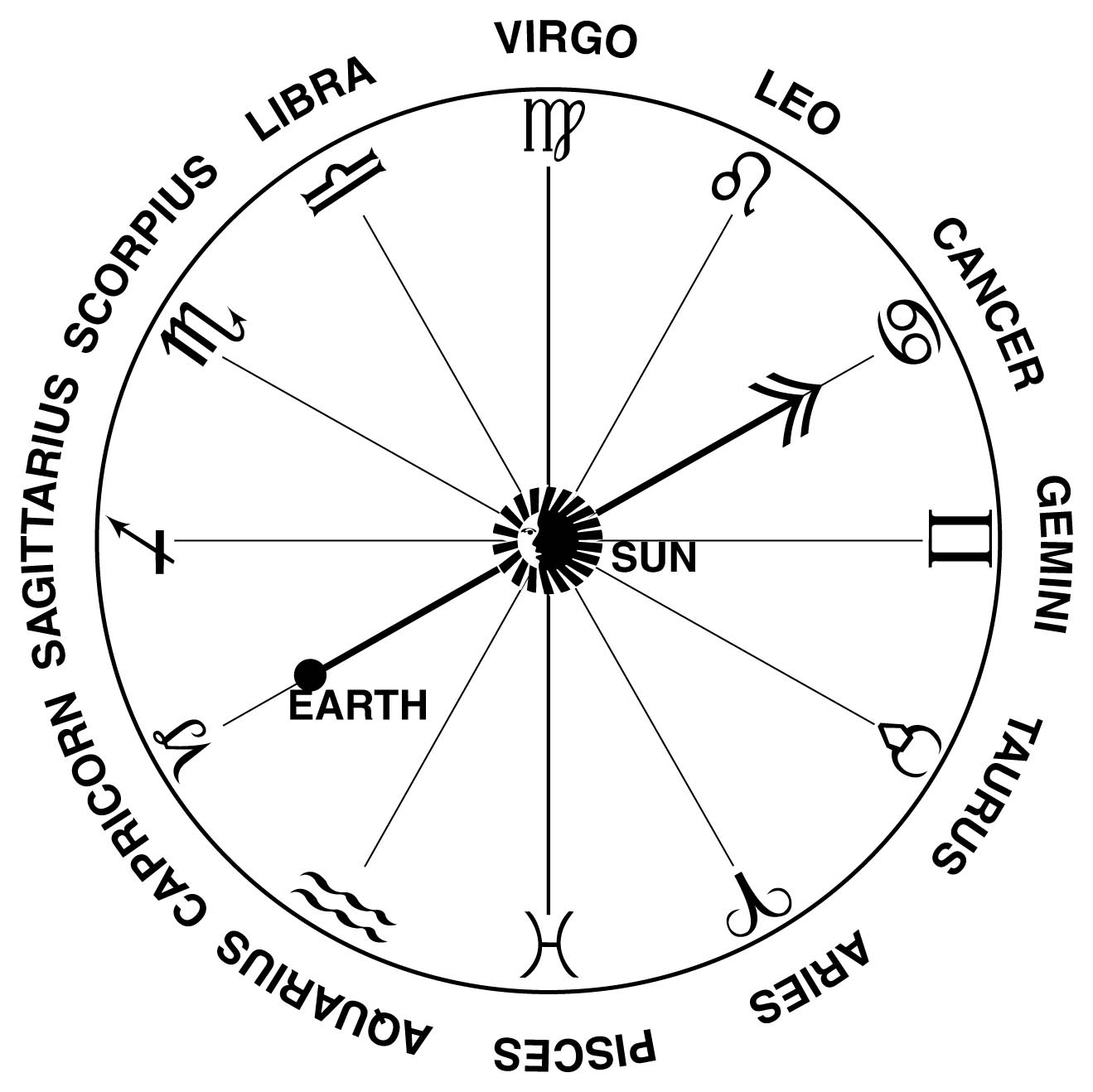
The Zodiac once played an important role in humanity's cosmological beliefs. Today, they are no longer accurate and regarded as an old superstition.
Continue reading
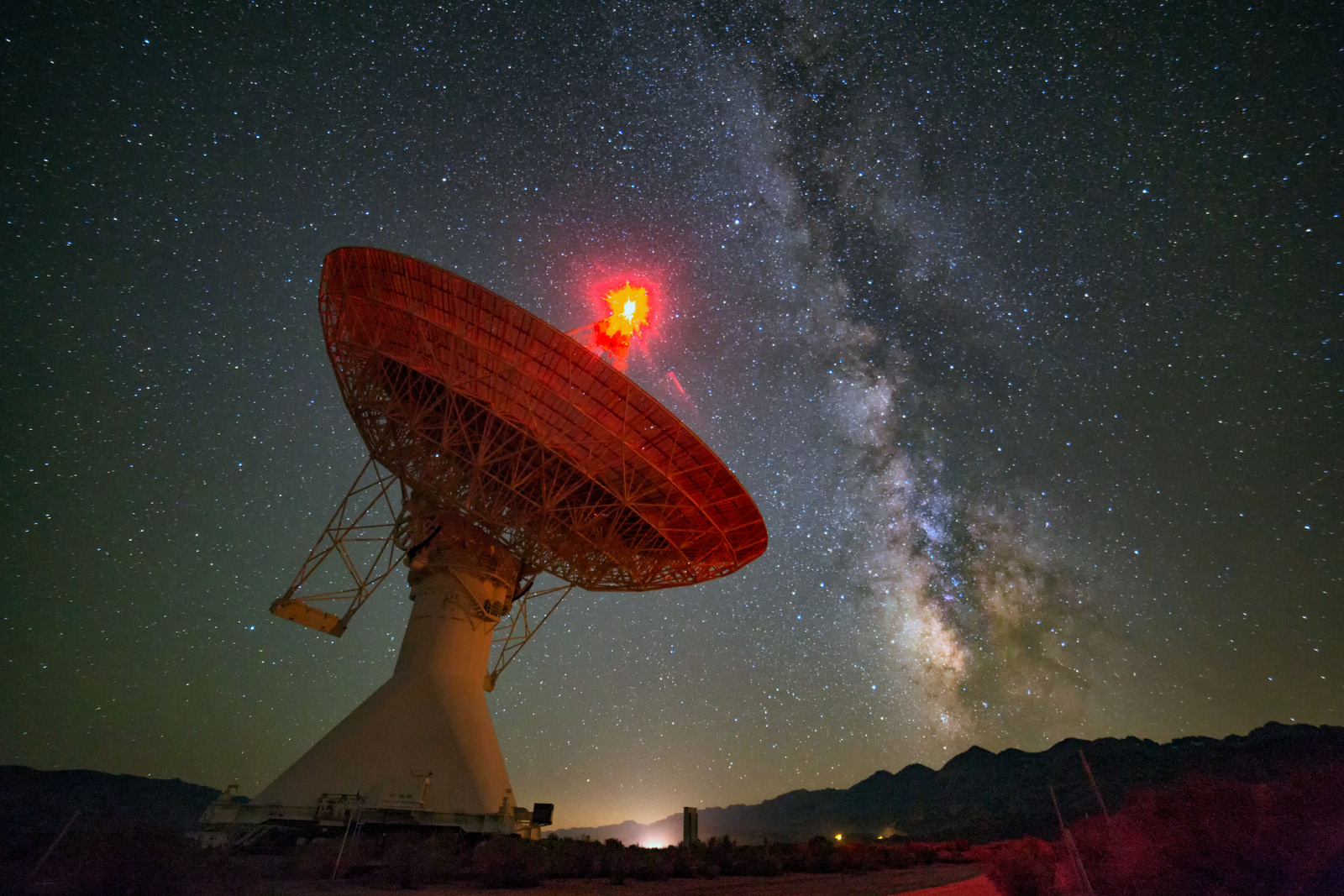
Continue reading
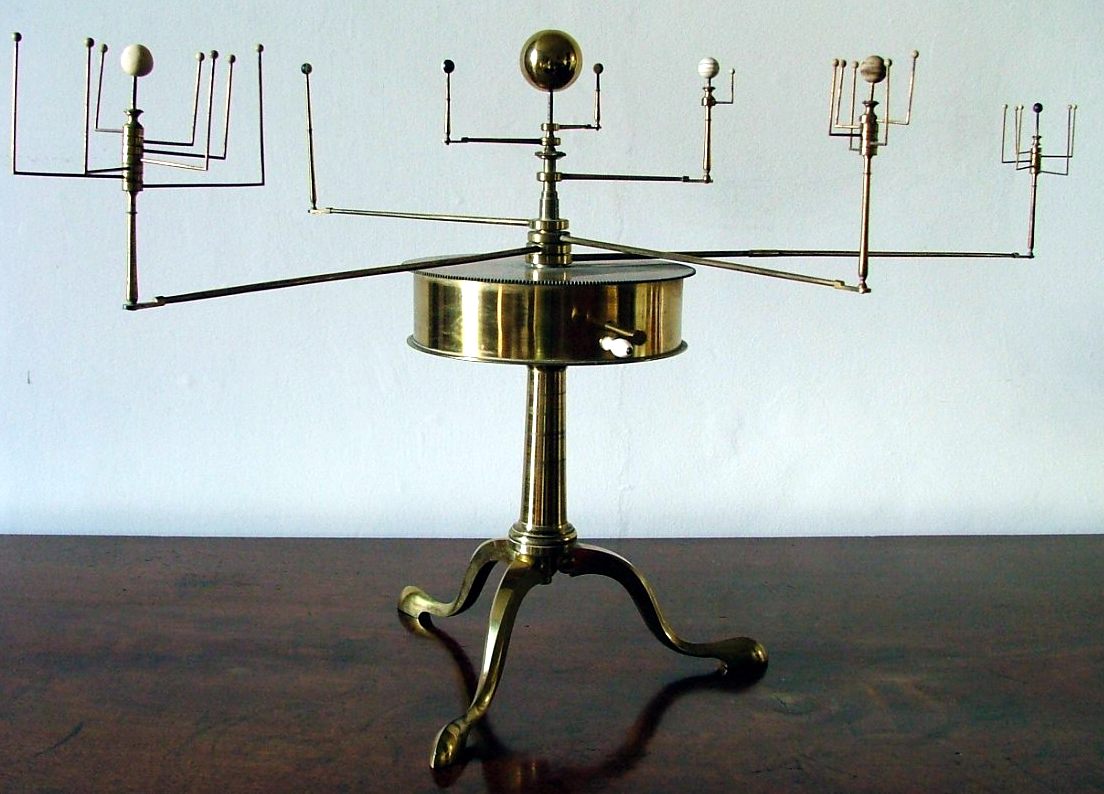
Continue reading
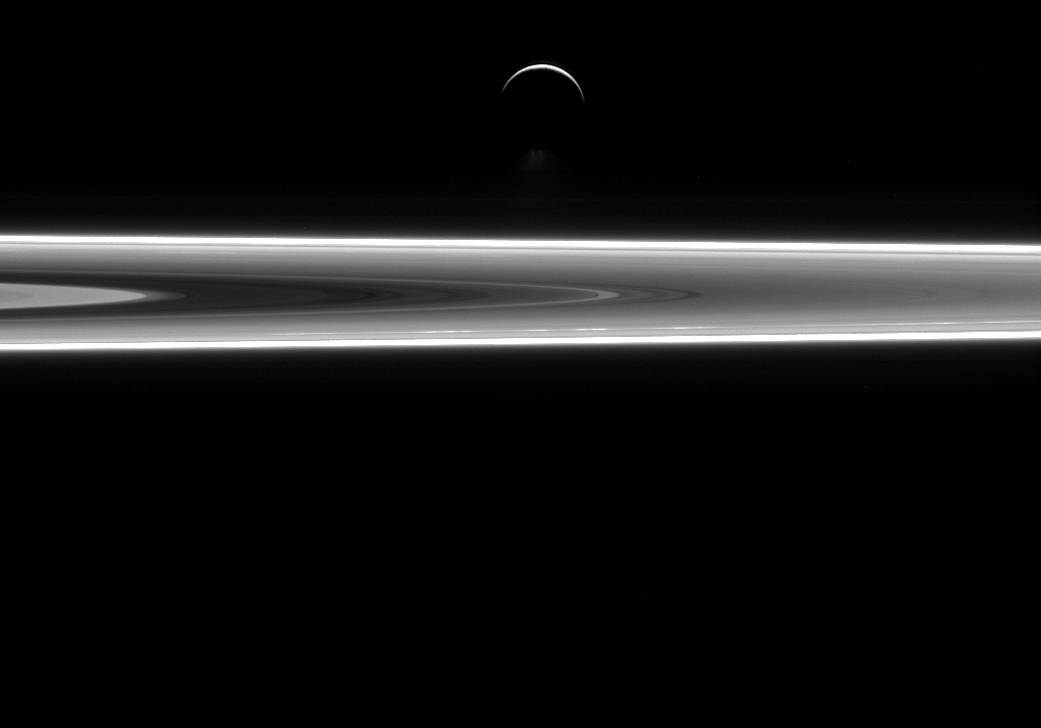
Continue reading
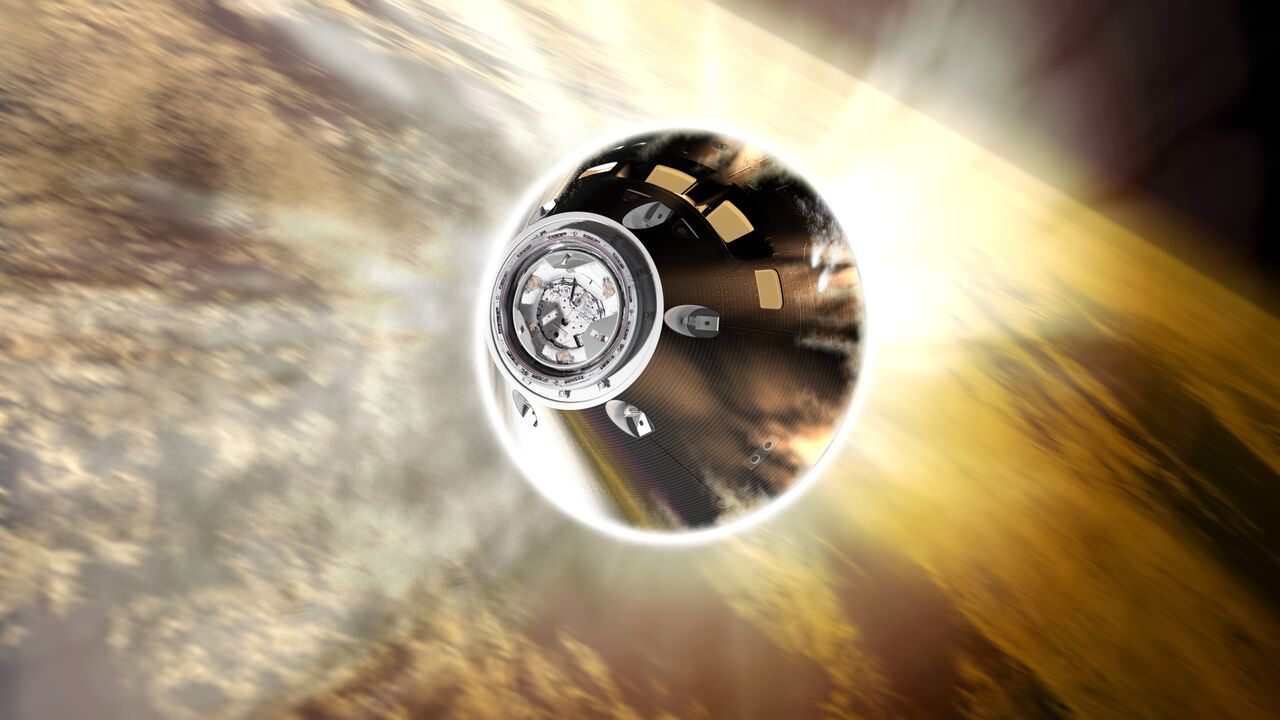
Continue reading
Continue reading

Continue reading
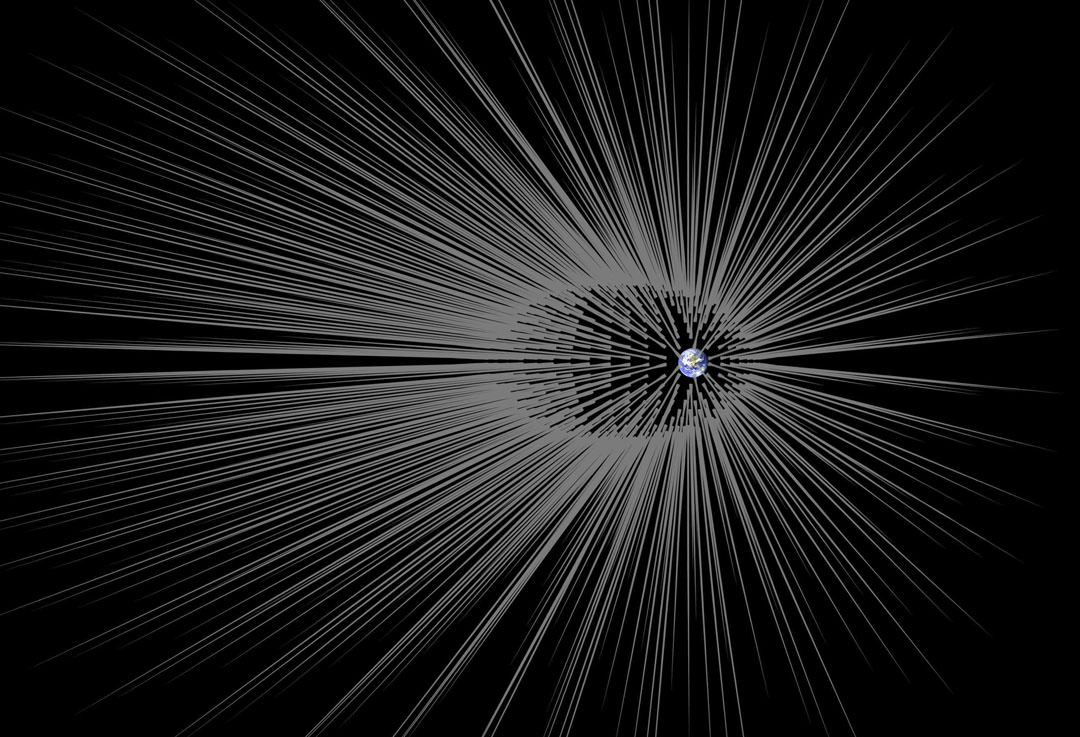
Continue reading

Continue reading
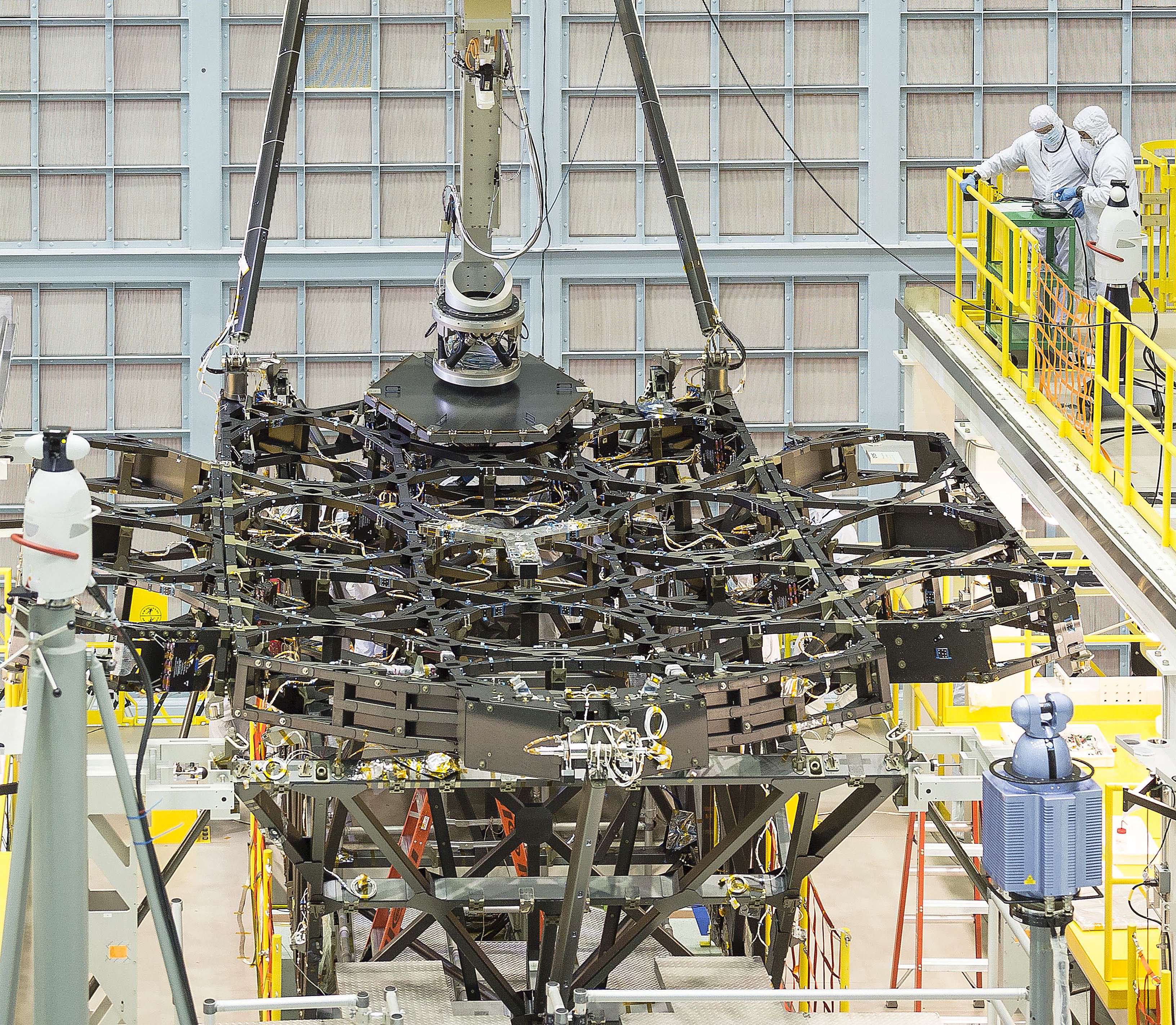
Continue reading
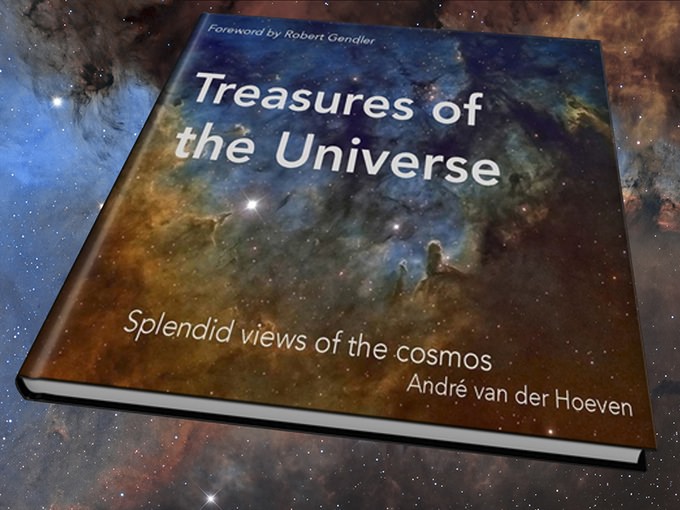
Continue reading

Continue reading
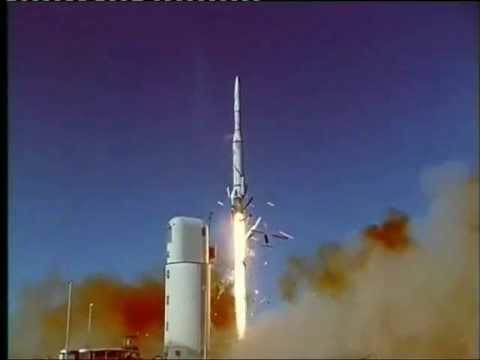
Continue reading
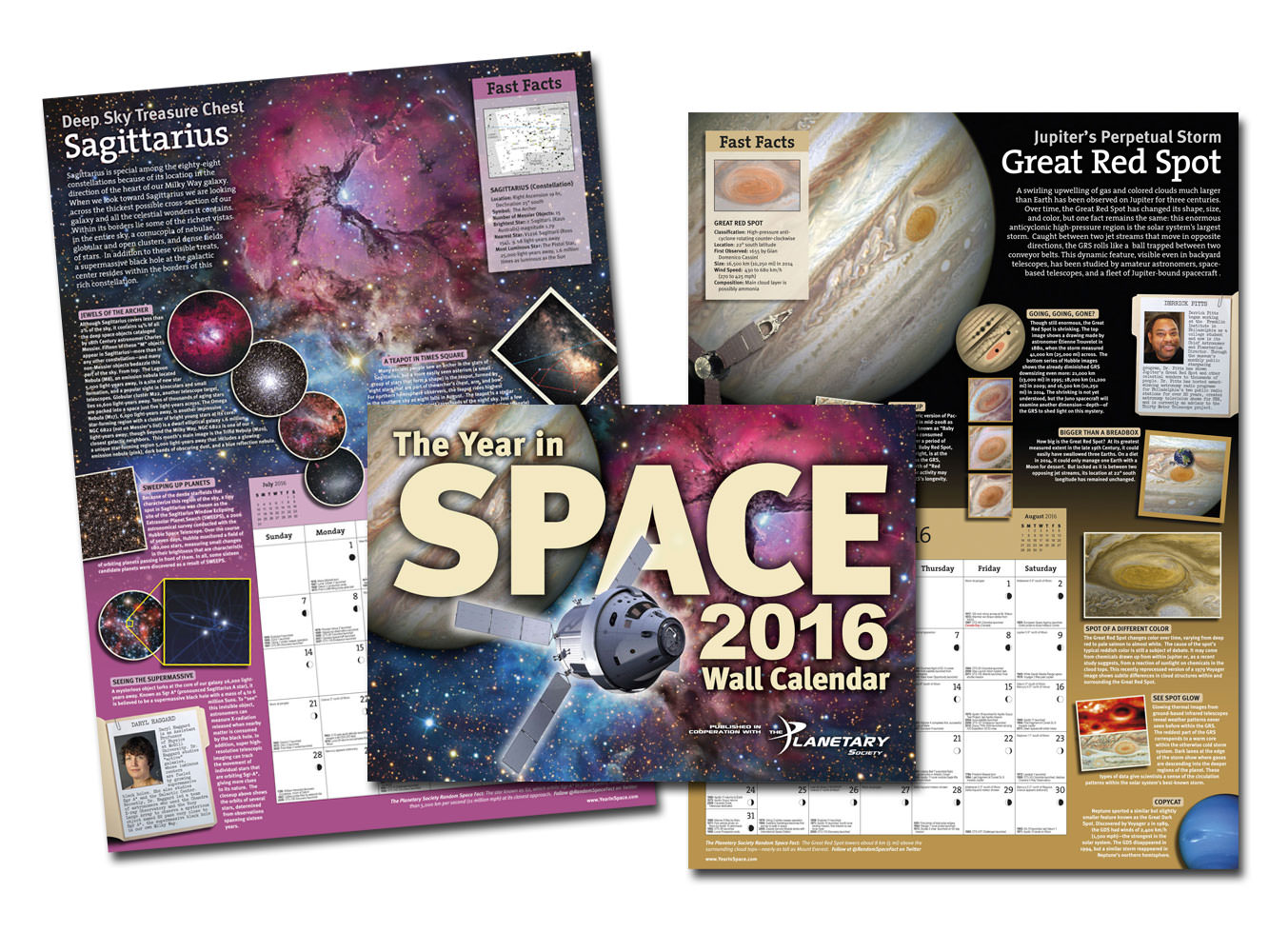
Continue reading
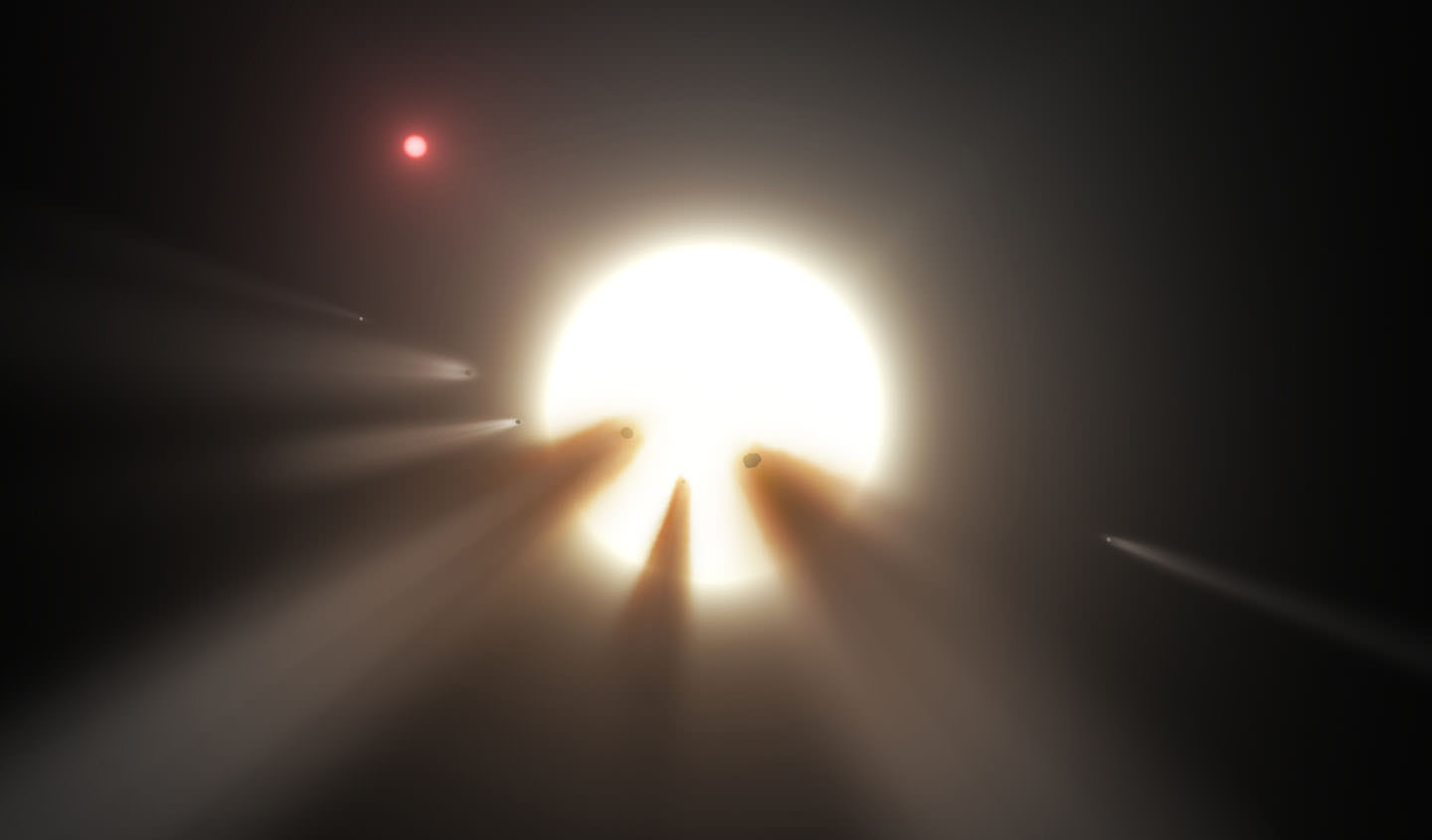
Continue reading
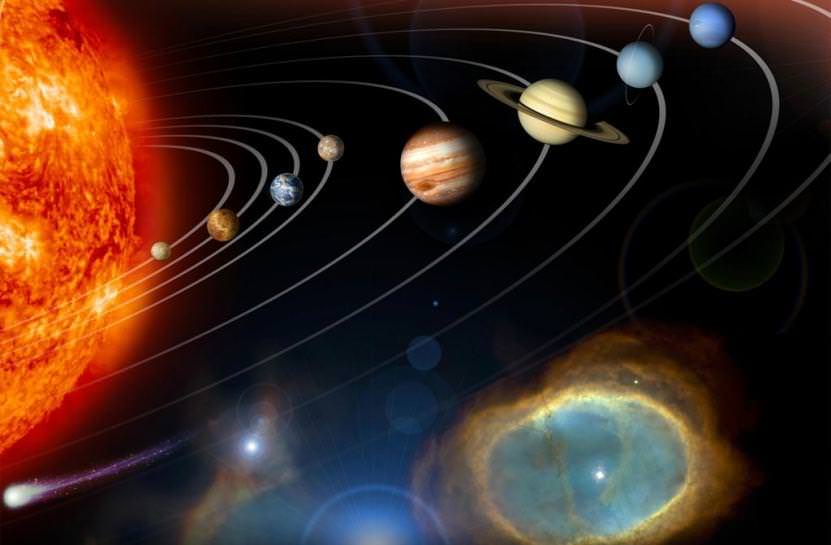
Continue reading
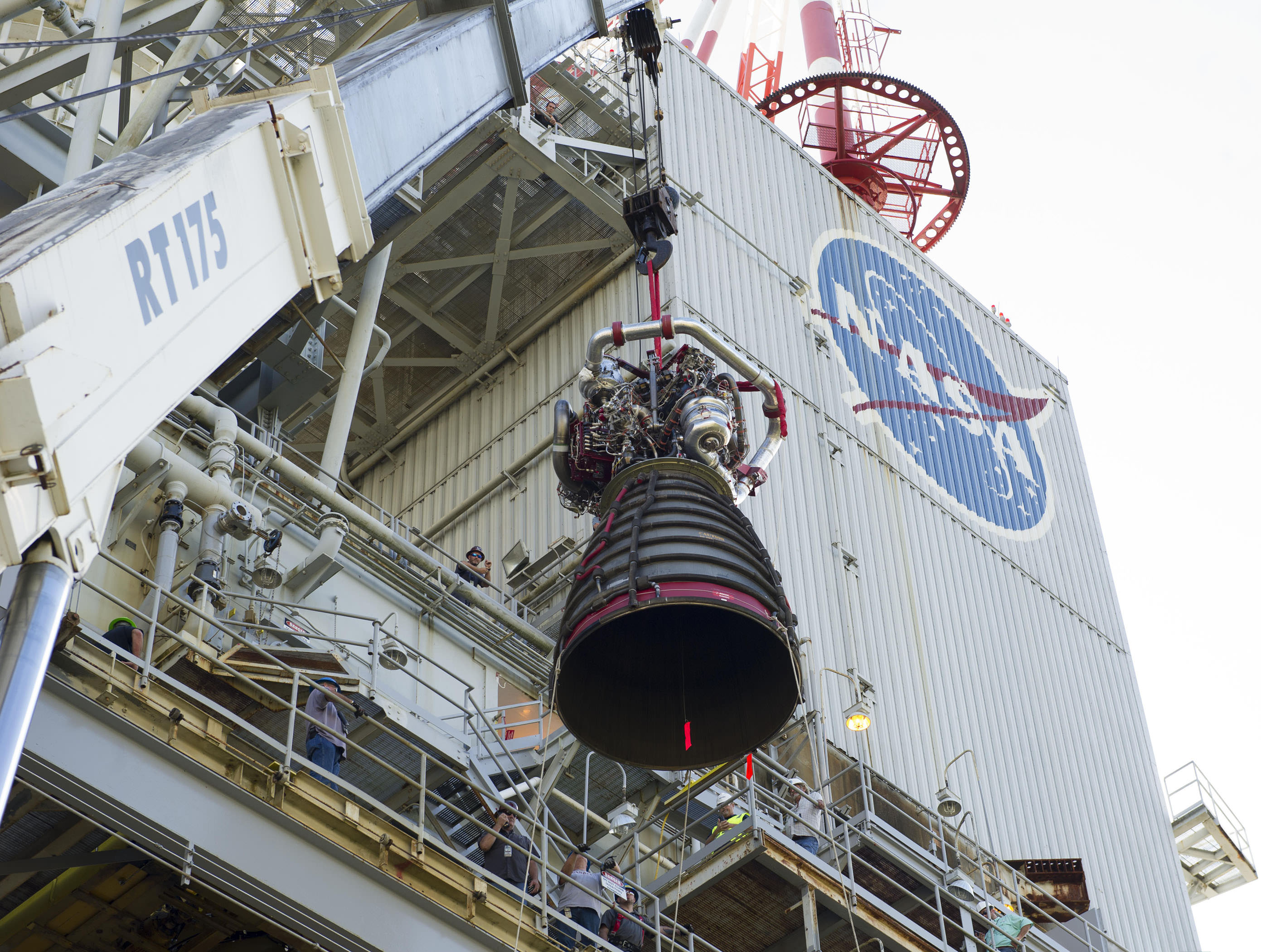
Continue reading

Continue reading













































